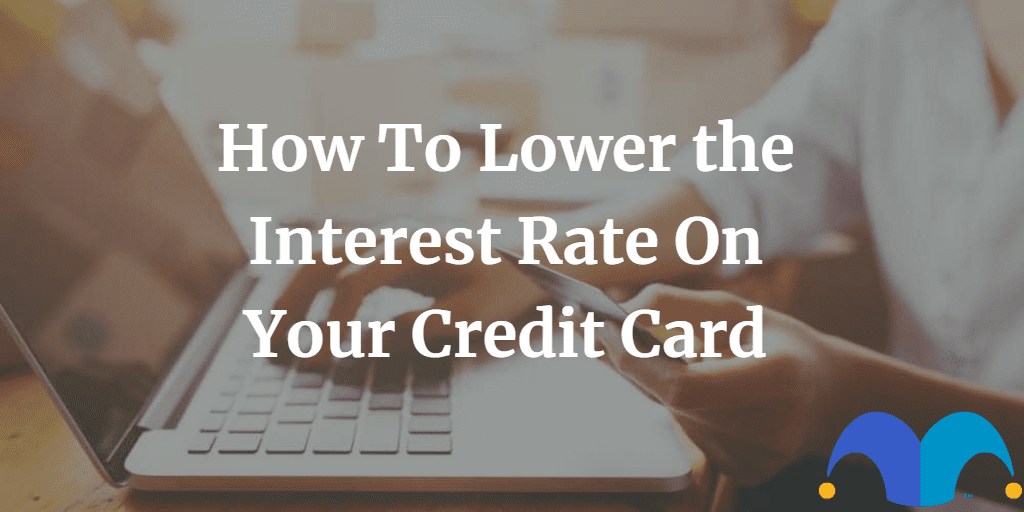Interest rates on credit cards can be crippling, with some providers charging northwards of 40%. But did you know that it’s possible to cut the interest rate on credit card debt? Here’s everything you need to know.
How are credit card interest rates measured?
Credit card interest rates are measured by Annual Percentage Rate (APR).
APR refers to the cost of borrowing over a year and takes into account interest, as well as any other charges, such as an annual fee. ‘Representative APR’ refers to a card’s headline rate, which means that 51% of applicants must be given this rate.
The APR offered by your credit card provider will depend on your credit score. Those with bad credit scores typically face higher APRs.
Why it’s important to lower your interest rate
Remember, when faced with high interest rates, it’s more challenging to pay off credit card debt. That’s why it pays to try to cut the interest rate on your debts by any means you can.
It’s also worth being aware of the minimum repayment trap. While it may be tempting to pay as little as possible each month, making only the minimum repayment can keep you in debt for years. Using our credit card repayment calculator can help you see the advantages of paying back more than the minimum.
Finally, it’s important to remember that credit cards can provide a cheap way to borrow if used correctly. However, if you don’t have the discipline to routinely pay off your balance, then it’s worth staying clear of them.
How to get your credit card interest rate lowered
There are four things you can do to cut the interest rate on your credit card debt.
1. Determine whether you have the right type of credit card
If you’re new to credit cards, the number of different types of cards can be baffling. However, having the right credit card for your needs is important. If you don’t, you could be facing hefty interest rates that you could avoid.
For example, borrow on a 0% purchase card and pay it off in full by the end of the interest-free period, and you could end up paying no interest at all. However, if you use a cashback credit card to borrow and don’t clear the card by the end of every month, you’ll be hit with hefty interest.
Our complete guide to credit cards explains each type of credit card in detail, including the pros and cons.
2. See if you can transfer your debt
If you are currently paying credit card interest, a 0% balance transfer credit card can give you some breathing space. That’s because these cards are specifically designed the transfer of debt, giving you a brand new 0% period.
For example, if you have a credit card balance of £3,000 with an interest rate of 34.9% APR, and you make a £200 payment each month, it will take 20 months to pay off the debt, costing you £998 in interest.
Yet if you sign up for a 0% balance transfer credit card and shift your debt to it from the expensive card, your interest rate will be 0% for a specific number of months. Assuming the 0% period is decent, a regular £200 payment under the same scenario, will take just 15 months to pay off and save you almost £1,000.
Remember that 0% interest rates allow repayments to go towards clearing your balance rather than servicing the interest. Do be mindful that there are a few rules to follow with these cards.
3. Speak to your lender
If you can’t get accepted for a balance transfer credit card, you can try contacting your credit card issuer directly. As card providers have a duty to ensure your debt is ‘reasonable and manageable’, you may be successful by simply asking for an interest rate cut.
If this fails, they may offer you a payment plan, which may give you breathing space.
4. Prioritise debts with the most expensive interest rates
Are you facing high interest rates on a number of cards? Focus on paying off the most expensive debts first while making the minimum repayments on others. Once you’ve cleared the most expensive, you can then move on to clearing the next most expensive. This is the cheapest and quickest way you can clear your balances.
What can I do if high interest rates have put me in financial difficulty?
There are a number of organisations that you can turn to. The Money Advice Service, StepChange, the National Debtline all offer non-judgemental advice on how to get out of financial difficulty.
